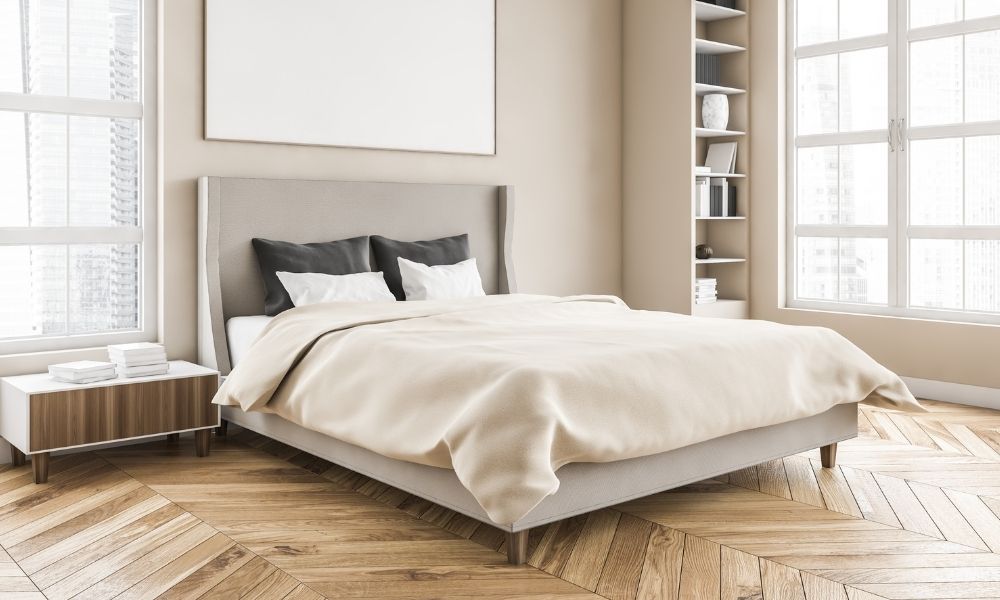- Fabric: Consider the type of fabric you would like to use for your bedsheet. Choose a fabric that is comfortable, durable, and breathable. Natural fibers such as cotton, linen, and silk are great options.
- Color: Choose a color that will match the rest of your bedroom décor. Neutral colors such as white, beige, and gray are popular choices, but you can also choose a bolder color or pattern to make a statement.
- Size: Measure your mattress before ordering a bedsheet so you can get the right size. Consider the depth of your mattress and make sure the bedsheet is large enough to fit comfortably.
- Maintenance: Make sure the fabric you choose is easy to care for. Most bedsheets can be machine washed and dried, but some fabrics may require more specialized care.
- Price: Consider how much you are willing to spend on a bedsheet. High-end fabrics and intricate designs will cost more, but there are also affordable options available.
Choosing Materials for Your Customized Beds
When it comes to choosing materials for your customized bed, there are many factors to consider. The most important is the type of bed you are looking to create. If you are creating a traditional frame-style bed, then wood is usually the best choice. Wood is strong and durable, and it is available in a variety of colors, grains, and finishes. If you are looking for a more modern style, then metal or plastic beds may be more suitable. Both are lightweight and easy to assemble, and they can be painted to match any decor. Upholstery can also be used to create an interesting customized bed headboard, footboard, and side rails. Finally, consider the type of mattress you plan on using when selecting materials for the bed. Memory foam and latex mattresses are more durable than traditional innerspring mattresses, and they will require a firmer support structure.
Care and Maintenance for Your Customized Beds
- Flip the mattress every six months to even out wear and tear on the mattress.
- If the mattress has removable covers, wash them as per the manufacturer’s instructions.
- Make sure to adjust the head and footboards as necessary to avoid unnecessary stress on the frame.
- If the bed has drawers, make sure to check the drawer slides and lubricate them as needed. 6. If the bed has a headboard, check the screws and bolts to make sure they are secure.
- Dust and clean the frame, headboard, and footboard as needed.
- Check all the mattress tags to make sure the mattress is still in compliance with the manufacturer’s warranty.
- If the bed has a box spring, turn it over every six months to extend the life of the mattress.
- Check for any signs of wear and tear on the frame and replace any parts as needed.
- Inspect the brakes for proper functioning and adjust as needed.
- Inspect the wheels for any signs of wear and tear and replace them as necessary.

